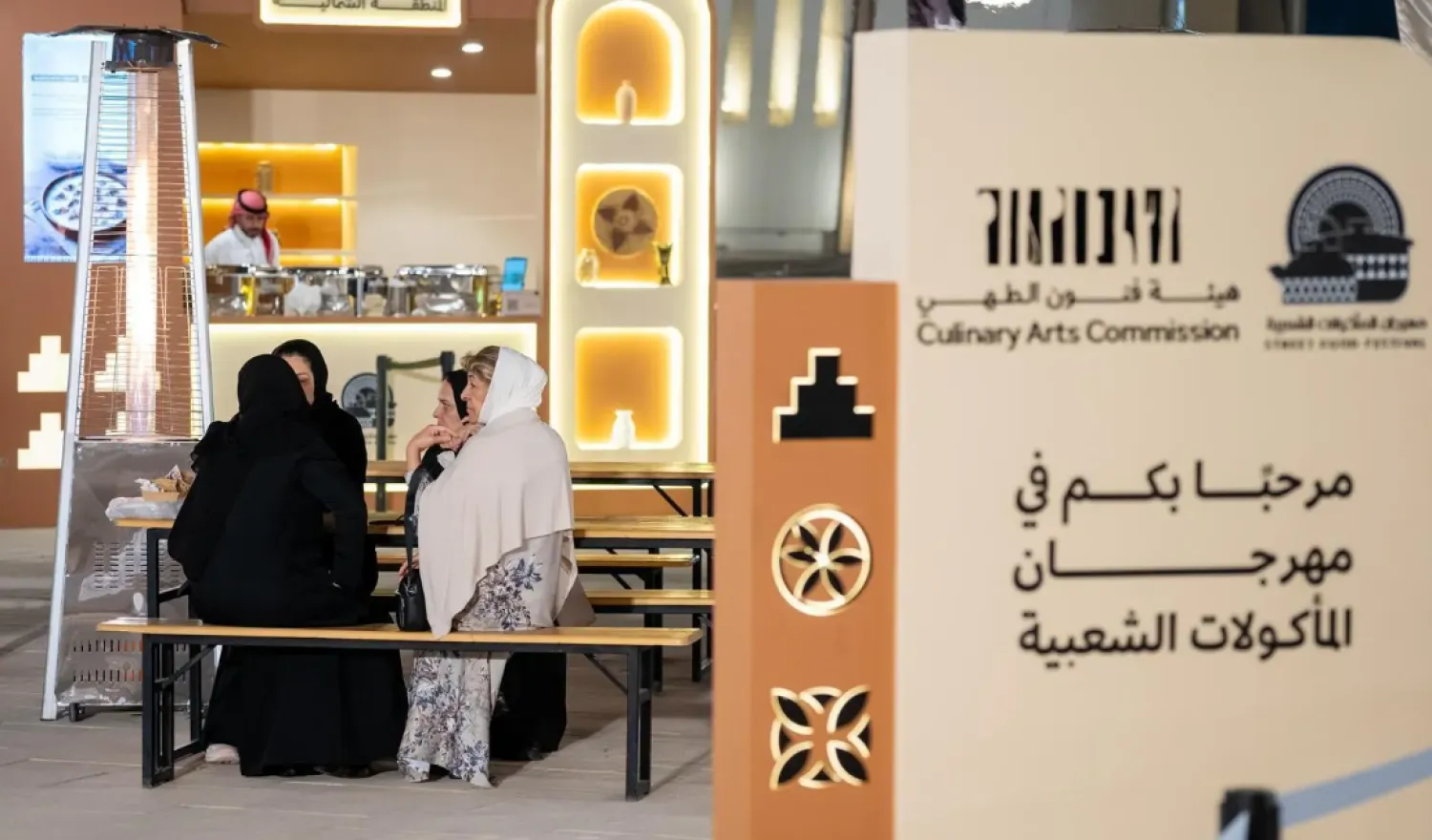In a step toward innovation and breaking the traditional, an Egyptian restaurant is serving unconventional “sandwiches”, offering its customers the chance to try diverse tastes including the meat of pigeons, ostriches, and ducks.
Located in the Nasr City, eastern Cairo, the Zouzou Restaurant, which is set to open a new branch in the October City, promotes its special sandwiches, their ingredients, and how they are prepared with videos on its official Facebook page.
The restaurant serves duck and turkey shawarma prepared in the same traditional way with onion, tomato, pepper, hot pepper, spices, and various sauces, but served in local bread. Shawarma choices are many and satisfy all tastes with new flavors, including pastrami, sausage, and traditional meat shawarma.
The “Hawawshi” sandwich are served with a twist as well; the best kind is “Hawawshi Zouzou”, a mix of spinach, mushroom, and smoked beef. There are also the pastrami hawawshi, hamburger, and local sausage. Turkey or liver hawawshi are also available in different sizes, including the ‘mini’ hawawshi of pastrami, liver, or sausage stuffing accompanied with different kinds of cheese such as mozzarella.
The idea of the restaurant consists of serving unfamiliar sandwiches made of meats that customers are used to eat in different ways.
“The restaurant is trying to change the old typical view of protein consumption by serving it in the form of “sandwich”. Eating pigeons or ducks doesn’t require a table and many utensils anymore. Now, you can eat it in a new, easy way,” Amro al-Soubki, manager of the Zouzou restaurant, told Asharq Al-Awsat.
For more innovation, the restaurant has reintroduced some of its most popular dishes with different “stuffing” choices, like the turkey shawarma sandwich seasoned with coriander and pineapple sauce; or the duck shawarma soaked in sweet orange juice, dill, honey mustard sauce, and tahini.
Alongside the non-traditional sandwiches, the Zouzou restaurant is experimenting with Tajines. It serves ostriches tajin, which according to the chef, “helps reduce blood cholesterol, and address many digestif problems.” “Ostrich meat is highly demanded because they are cooked fresh, right after the slaughter,” he added.
Tawouk has a share of innovation too. At the Zouzou restaurant, Tawouk is made of duck, or turkey soaked in yogurt, herbs, and spices. Among the other unfamiliar plates served at Zouzou are the ostrich steak and “mumbar” bites (mumbar are ‘animal intestines’ cleaned and stuffed with rice, spices, and tomato juice, then cut and fried).
“Serving protein in a sandwich has opened the door for more innovations that we will launch soon, including the ‘veal akawi’. Although ostrich meat is expensive and not so popular in Egypt, it’s among the most demanded plates, alongside hawawshi and shawarma,” said Soubki.
In addition to the popular, traditional shawarma, the restaurant also serves the pastrami shawarma with sliced olive and cheese mix, as well as shawarma of sausage, smoked beef, or mushroom and other types of vegetables like spinach.
Egyptian are used to pigeons stuffed with rice or grits, but at Zouzou, it’s served as “Kofta”, made of boneless pigeon meat mixed with onions and spices, and served as small rings, or with rice.









